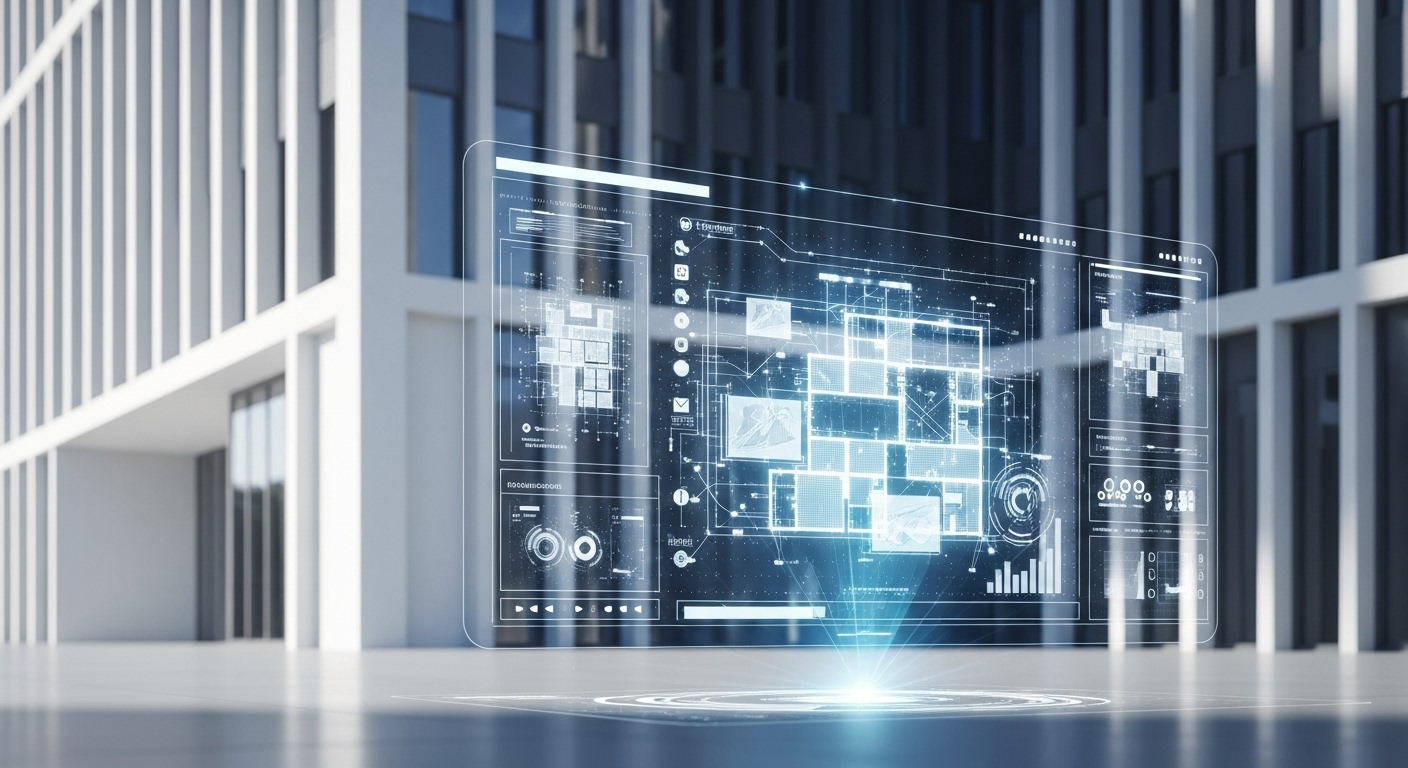Artificial Intelligence is quietly transforming the way we think about architecture. What once seemed like a futuristic concept has now become a practical tool shaping how buildings are designed, developed, and delivered. Across the world, architects are beginning to explore how intelligent systems can support the creative process and help bring new ideas to life. At Blank Line Architecture, we see this shift as an exciting step forward in how technology and design come together to shape the built environment.
A Smarter Way to Design
AI is becoming an essential collaborator in the design process. With the ability to analyze data and simulate countless scenarios, it allows architects to explore more design possibilities in less time. From optimizing layouts to predicting environmental performance, AI provides valuable insights that help refine ideas before they ever reach the construction stage.
This level of intelligence allows for a more considered approach to design. Instead of focusing solely on manual processes, architects can dedicate more time to creativity, experience, and human connection, while AI manages the repetitive and data-heavy aspects of a project.

From Vision to Construction
The influence of AI extends well beyond the drawing board. Advanced fabrication and robotic construction systems are turning digital models into physical structures with greater accuracy and efficiency. AI-driven 3D printing and automated assembly methods are reducing waste and allowing for complex geometries that were once difficult to achieve.
By linking design directly with production, architects can experiment more freely with form, texture, and material while maintaining precision throughout the process. The result is architecture that feels both innovative and deeply grounded in craftsmanship.
Designing for a Sustainable Future
AI is also becoming a key ally in the pursuit of sustainability. Through environmental analysis, it can help determine the most efficient building orientation, material use, and energy strategy. These insights support more responsible design decisions and encourage the creation of spaces that respond intelligently to their surroundings.
As cities evolve and the need for sustainable solutions grows, AI provides an opportunity to design in ways that are more adaptive, thoughtful, and resilient. It brings data and intuition together to create spaces that truly serve both people and the planet.
The Human Touch
While AI offers extraordinary capabilities, it does not replace human creativity. Architecture remains a discipline built on empathy, cultural understanding, and the desire to create meaningful experiences. Technology can assist and enhance the process, but it is human intuition that gives architecture its purpose and emotional depth.
The future of design will depend on finding balance. The most successful projects will come from teams that understand how to pair technological intelligence with human imagination.
Looking Ahead….
AI is changing the way we design and build, yet the essence of architecture remains the same. It is still about people, place, and possibility. At Blank Line Architecture, we see AI not as a replacement for design thinking but as an instrument that helps us think further, see clearer, and build better.
By embracing this new chapter with curiosity and care, we can create a built environment that is smarter, more sustainable, and beautifully human.


